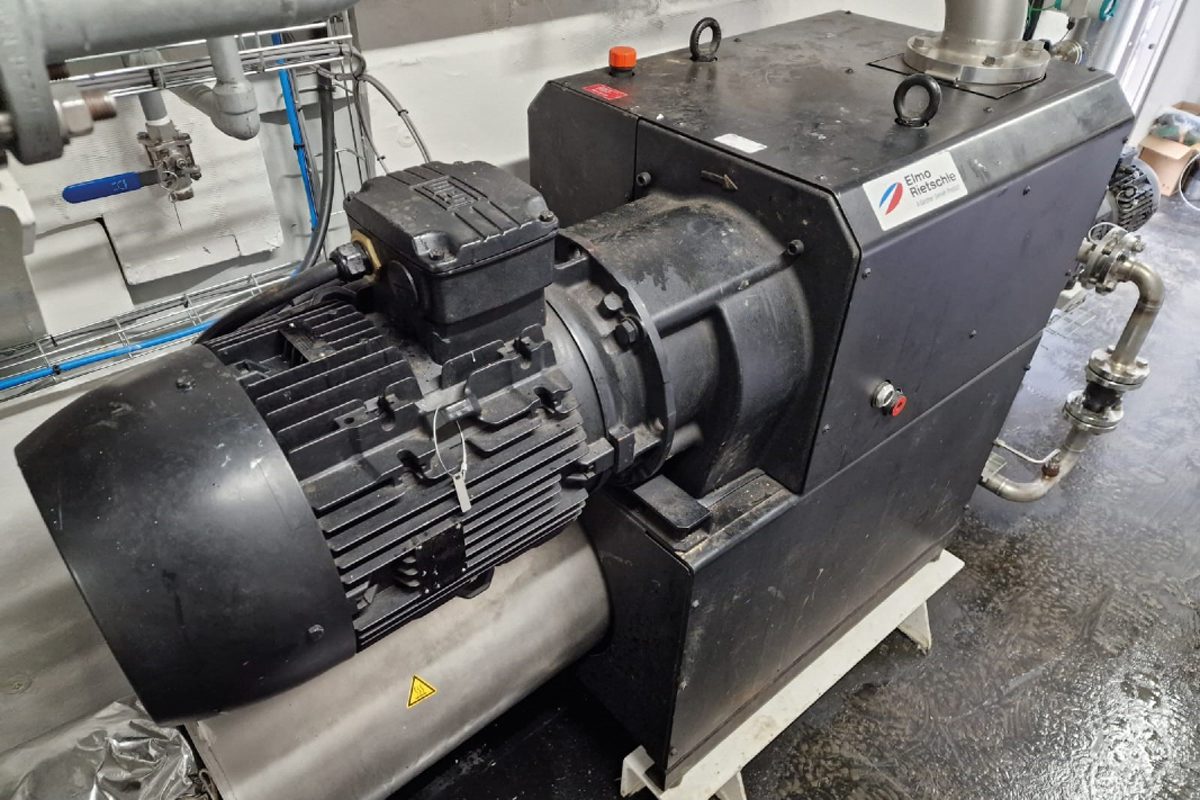Effective carbon capture will no longer be reserved for large-scale operations in heavy industries, according to Ingersoll Rand and Aqualung, who have collaborated to develop “a modular, scalable, and instantly deployable carbon capture solution”

The firms say they are on the verge of launching the first commercial prototype of their carbon capture system, which brings together Ingersoll Rand’s blower and vacuum solutions with Aqualung’s membrane technology, to create “a safe, absorbent-free, and highly compact carbon capture system for industrial gas and biogas”.
The carbon capture sector is expected to grow at a CAGR of 20% before 2032 according to some estimates, and has the potential to scale even further, becoming a trillion-dollar industry, as well as making a necessary contribution to atmospheric CO2 reductions.
However, economic concerns are holding back its uptake, with the cost of capture still high, meaning it has largely been left to large-scale operations in heavy industries to take advantage of the technology.
The two firms say they are attempting to address this inequality and make viable carbon capture available to far more industry actors, including medium- or smaller-scale operations.
Aqualung’s patented membrane technology apparently uses no toxic additives, and does not require a dedicated site redesign for installation. Blowers and vacuum pumps are required to provide driving force in the membrane system, which led Aqualung to approach Ingersoll Rand. Following numerous pilot tests, the first commercial unit is set to launch imminently in Arkansas, USA. The technology will capture CO2 off a natural gas boiler, and over time, deliver the CO2 to its partner Standard Lithium, to create lithium carbonate for the electric vehicle battery market.








